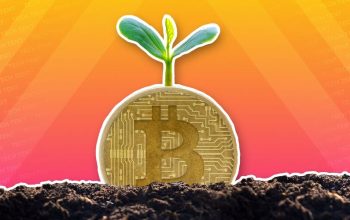Yield farming has become a popular way for cryptocurrency investors to earn rewards by lending or staking their assets on decentralized finance (DeFi) platforms. However, the returns from yield farming are not just influenced by market conditions and user behavior, but also by the token economics of the underlying platform. In this article, we will explore how tokenomics affects the returns from yield farming and what factors to consider when choosing a platform to invest in.
What is Tokenomics?
Tokenomics refers to the economic principles and mechanics behind a cryptocurrency token. It encompasses factors such as token supply, distribution, inflation, deflation, governance, and utility. Tokenomics determines how a token is created, distributed, and used, and how its value is determined by the market.
Tokenomics plays a crucial role in the success of a cryptocurrency project, as it affects the adoption, liquidity, and sustainability of the token. A well-designed tokenomics model can incentivize users to participate in the platform, drive demand for the token, and ensure its long-term viability. On the other hand, a poorly designed tokenomics model can lead to inflation, centralization, or low adoption, which can negatively impact the token’s value and reputation.
How Tokenomics Affects Yield Farming Returns
Yield farming platforms use different tokenomics models to incentivize users to lend or stake their assets on the platform. These models can affect the returns from yield farming in several ways:
Token Supply:
The total supply of the token determines its scarcity and inflation rate. A higher token supply can lead to lower token prices and returns, as the market becomes more saturated with the token. Conversely, a lower token supply can lead to higher token prices and returns, as the demand for the token increases. Additionally, some platforms may have a fixed supply, while others may have a variable supply that changes based on user behavior or governance decisions.
Token Distribution:
The way tokens are distributed among users can also affect yield farming returns. Some platforms may distribute tokens evenly among all users, while others may reward users based on their contribution or governance power. Additionally, some platforms may have a vesting period or lockup period for tokens, which can affect the liquidity and value of the token.
Token Utility:
The utility of the token determines its use cases and demand. A token with high utility and adoption can attract more users and increase its value, while a token with limited utility or adoption may struggle to attract users and maintain its value. Some platforms may require users to use the token for certain functions, such as paying transaction fees, voting on proposals, or accessing certain features.
Token Governance:
The governance of the token determines how decisions are made regarding the platform’s development, management, and direction. Some platforms may have a centralized governance model, where a select group of individuals or entities control the platform’s decisions. Others may have a decentralized governance model, where users can vote on proposals and decisions through a consensus mechanism. The governance model can affect the transparency, fairness, and sustainability of the platform, and can also affect the token’s value and returns.
Token Inflation:
The inflation rate of the token determines how much new tokens are created and distributed over time. Some platforms may have a high inflation rate, which can dilute the value of existing tokens and lead to lower returns. Others may have a low inflation rate or even deflation, which can increase the value of existing tokens and lead to higher returns.
Choosing a Yield Farming Platform Based on Tokenomics
When choosing a yield farming platform to invest in, it’s essential to consider the tokenomics model of the underlying token. Here are some factors to consider:
Token Supply:
Look at the total supply of the token and its inflation rate over time.
Token Distribution:
Look at how the tokens are distributed among users. Are they distributed evenly or based on contribution? Is there a vesting or lockup period for the tokens? Understanding the distribution of tokens can help you assess the potential liquidity and value of the token.
Token Utility:
Evaluate the utility of the token and its adoption rate. Does the token have a clear use case or multiple use cases? Is it required for certain platform functions, or can it be used for other purposes? Understanding the token’s utility can help you gauge its potential demand and value.
Token Governance:
Examine the governance model of the token and the platform. Is the governance centralized or decentralized? Who controls the decision-making process? Are users able to participate in governance decisions? Understanding the governance model can help you assess the transparency, fairness, and sustainability of the platform.
Token Inflation:
Look at the inflation rate of the token and how it is determined. Is there a fixed inflation rate, or is it variable based on user behavior or governance decisions? Understanding the inflation rate can help you assess the potential dilution or appreciation of the token’s value.
It’s also essential to consider the overall reputation and track record of the platform, as well as the risks and potential rewards of yield farming in general. Yield farming can be a high-risk, high-reward investment strategy, and it’s important to assess your risk tolerance and investment goals before investing in any platform.
Conclusion
Tokenomics plays a significant role in determining the returns from yield farming and the overall success of a cryptocurrency project. Understanding the token supply, distribution, utility, governance, and inflation rate can help investors assess the potential value and risks of investing in a yield farming platform. By choosing a platform with well-designed tokenomics and a strong reputation, investors can potentially earn higher rewards while mitigating risks. However, it’s crucial to conduct due diligence and assess your risk tolerance before investing in any platform or cryptocurrency asset.




